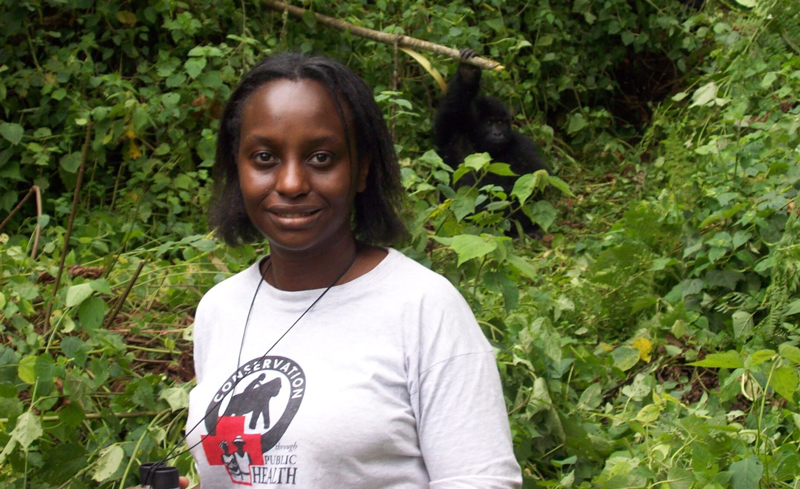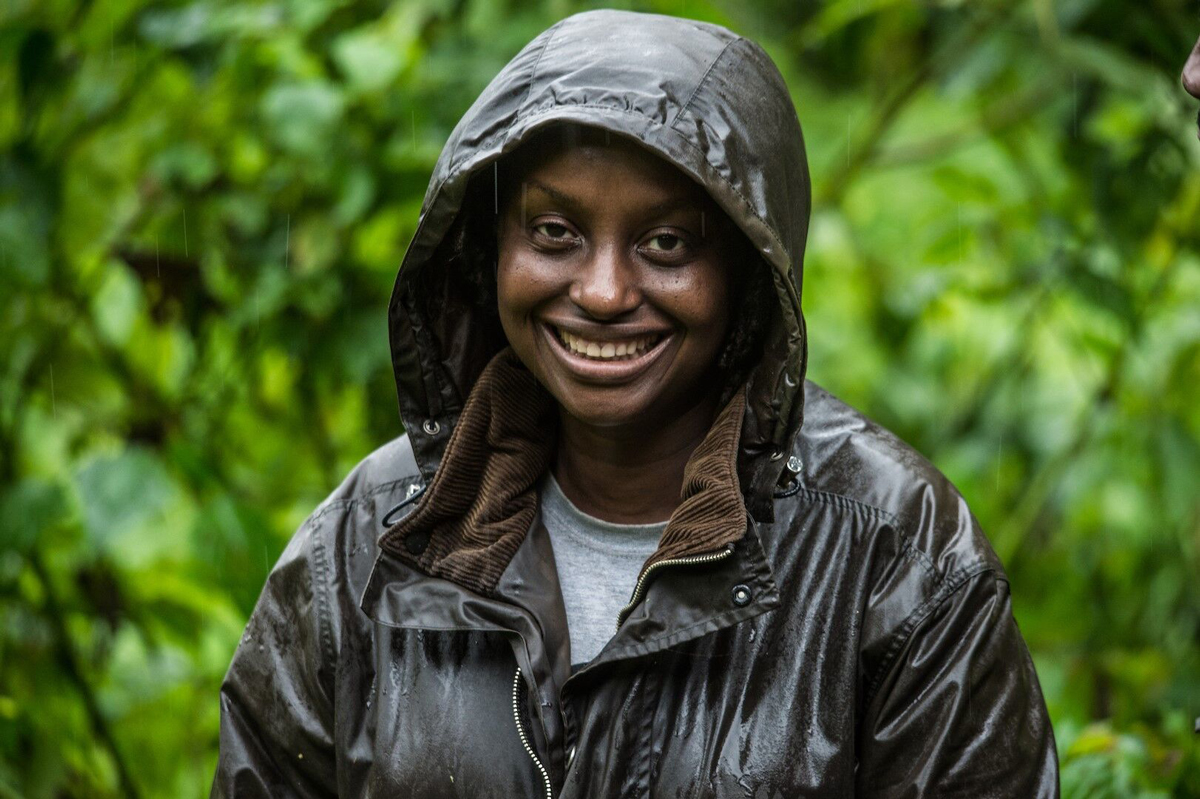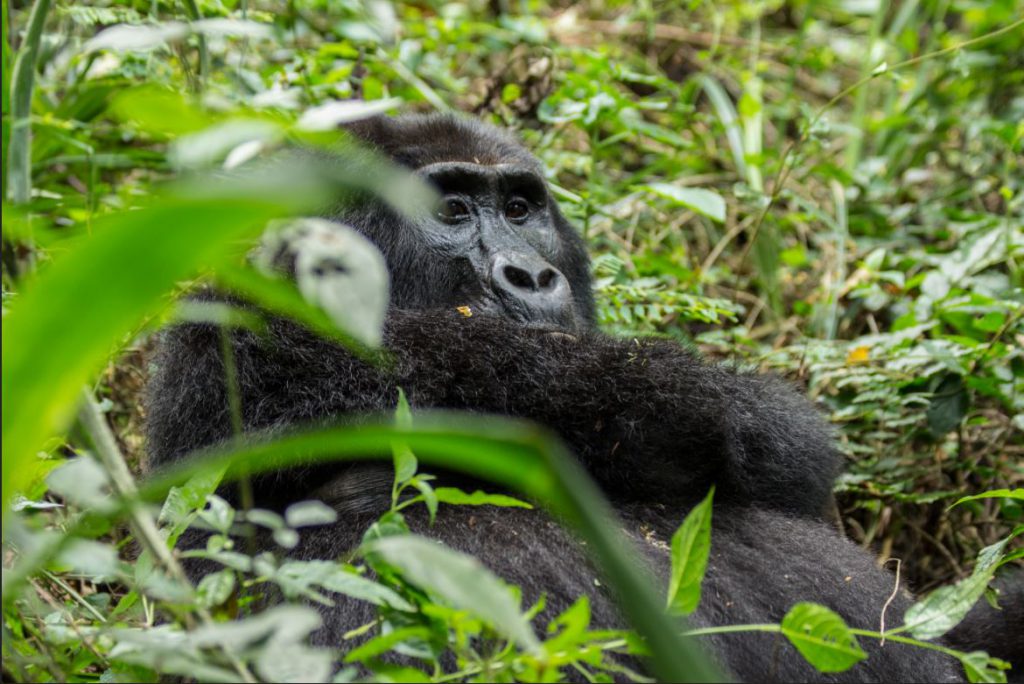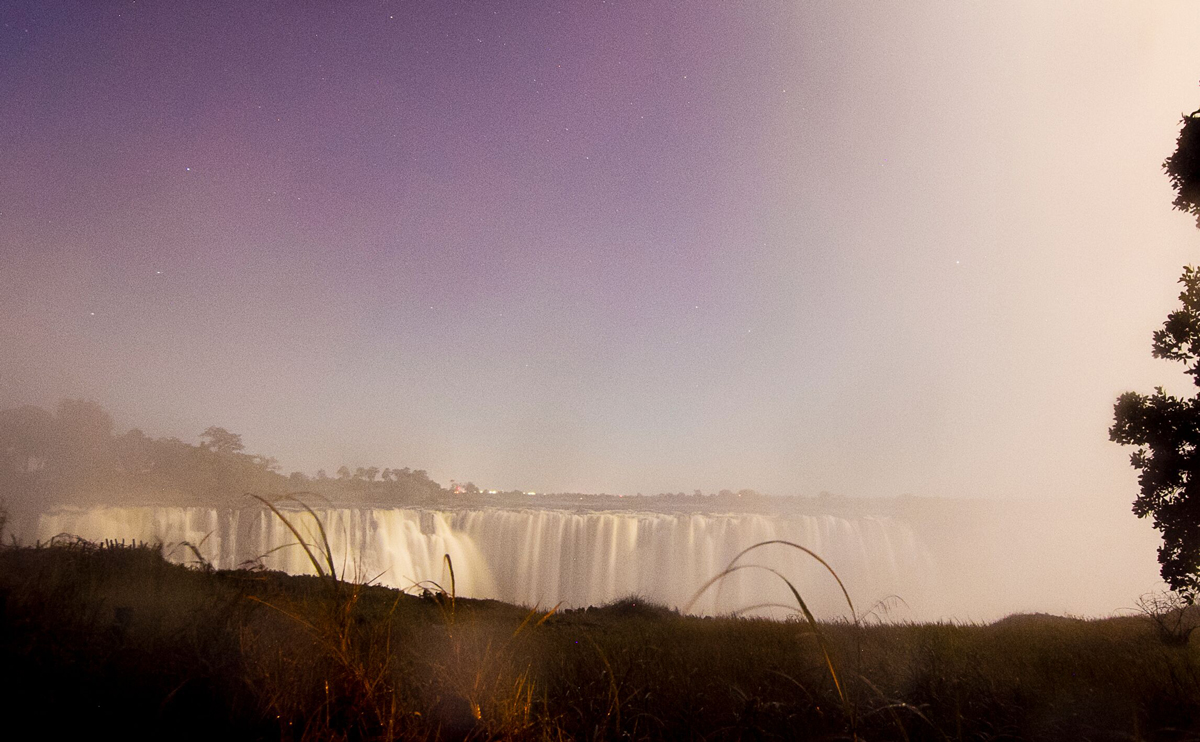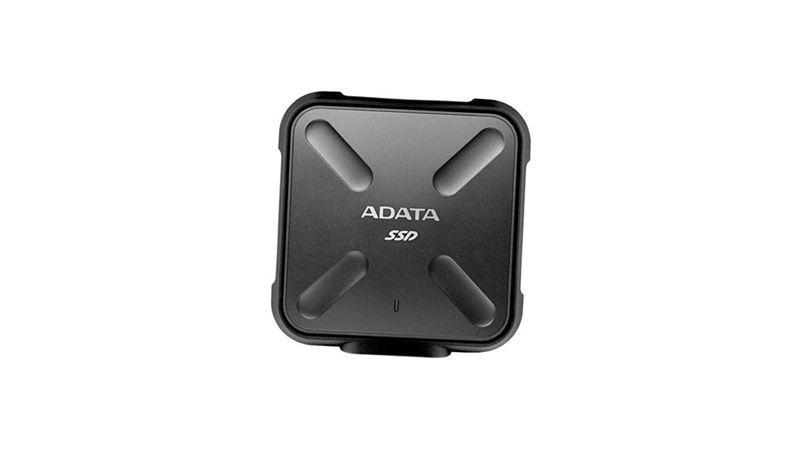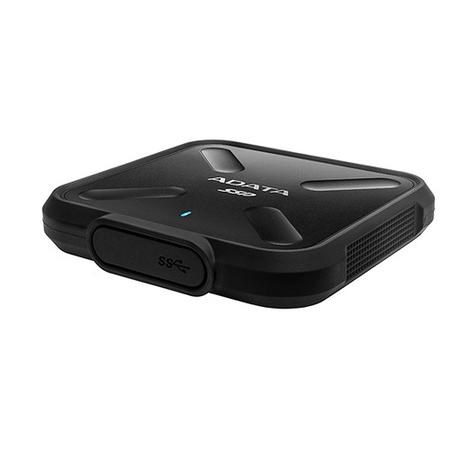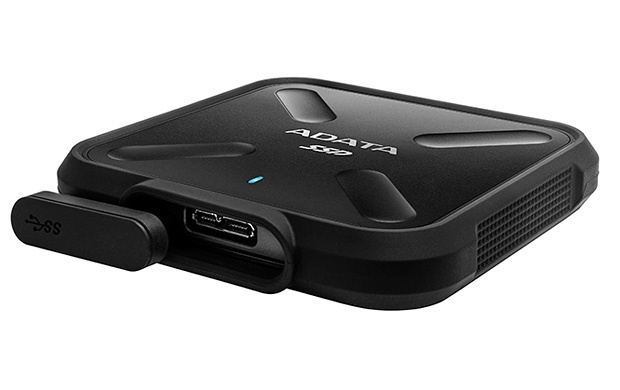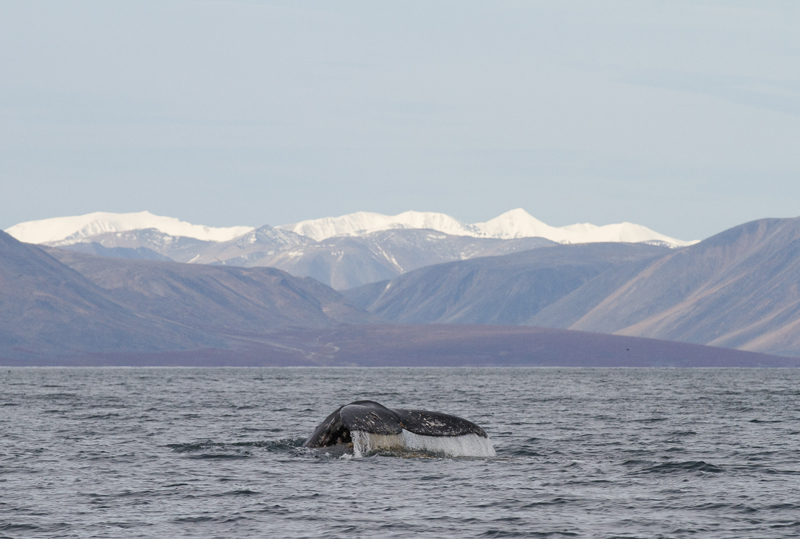This is often the most daunting aspect of a trip to Antarctica and one which many travellers would prefer to avoid! There are horror stories about rough seas, injuries and sea-sickness and many of these are true; however, nowadays, modern ships are more stable and fewer passengers experience discomfort – in fact the crossing is all part of the experience and something to brag about!
And, if the prospect is too daunting, there are options for avoiding the crossing – by flying to King George Island in the South Shetlands and boarding ship there!
I have crossed the Drake several times and in a variety of ships and experienced rough seas, mill-pond conditions and everything in between. I am a proud advocate of the Drake and encourage visitors to try it out for themselves, so they can speak from experience.
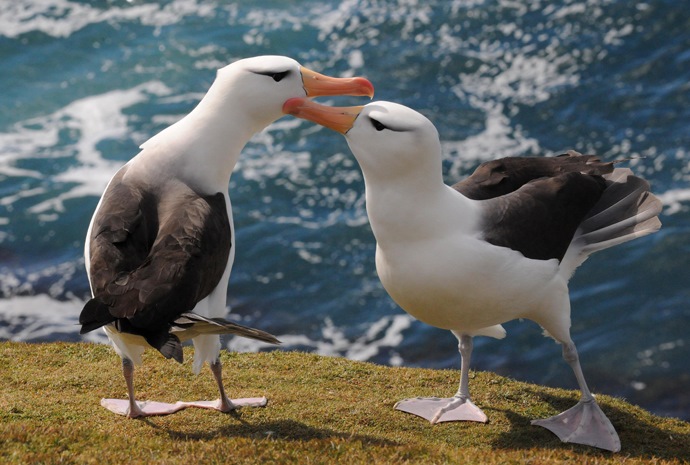
What is the Drake Passage?
It is a 600-mile-wide stretch of water between Cape Horn at the tip of South America and the South Shetland Islands. It is often one of the roughest stretches of ocean in the world, where the Atlantic, Pacific and Southern Oceans converge without a resistant land mass, creating rough seas or the ‘Drake Shake’, but also for many, calmer conditions or the ‘Drake Lake’!
Much depends on which ship is chosen for the voyage. There are lots of options from luxury ships to more basic expedition vessels. The former include vessels such as Silversea’s Sea Explorer, which offers six-star service and a dedicated crew, combined with modern stabilisation equipment. This ship carries a maximum of 120 passengers in first class conditions, with butler service for all. At the other end of the scale is Polar Pioneer, a converted Russian survey ship, which offers a more ‘authentic’ polar experience to just 50 travellers. This ship is stabilised, but to a less stringent standard than more modern ships; nevertheless, it is ice-strengthened and sails in the waters of Antarctica throughout the season.
The passage takes typically 2-3 days depending on conditions and the ship. Even when conditions are severe, there are great opportunities for bird and other wildlife viewing.
Wildlife Spotting
Not long after leaving Ushuaia or Punta Arenas, the ship is accompanied by birds. These start with South American species, such as … followed by true Antarctic birds like albatrosses and petrels, ducking and diving amongst the waves and defying amateur cameramen to catch a shot of them!
I have a basic camera, so it always takes me ages to reach a point where my shots include more than images of waves, with an occasional wing or head.
The crossing is also a time for spotting your first big mammals, especially whales. This is where a good pair of binoculars is essential, because most sightings are just a blow some distance from the ship.
The crew on the bridge are always on the lookout for wildlife and will call sightings over the PA – this leads to a scramble of those not already out on deck bird-watching and there is always somebody around who can tell you what species it is, just from a blow or a glance of a silhouette at distance – I am always overawed at the expertise of these people and took some time to be convinced that they were accurate.
Humpback Whales
Until you sail in southern waters, you do not realise just how many varieties of whale there are, and these creatures share the ocean with you. The most prolific everywhere are humpback and these will be seen on every visit to the Antarctic with their distinctive flukes or tails displaying as they dive below the surface.
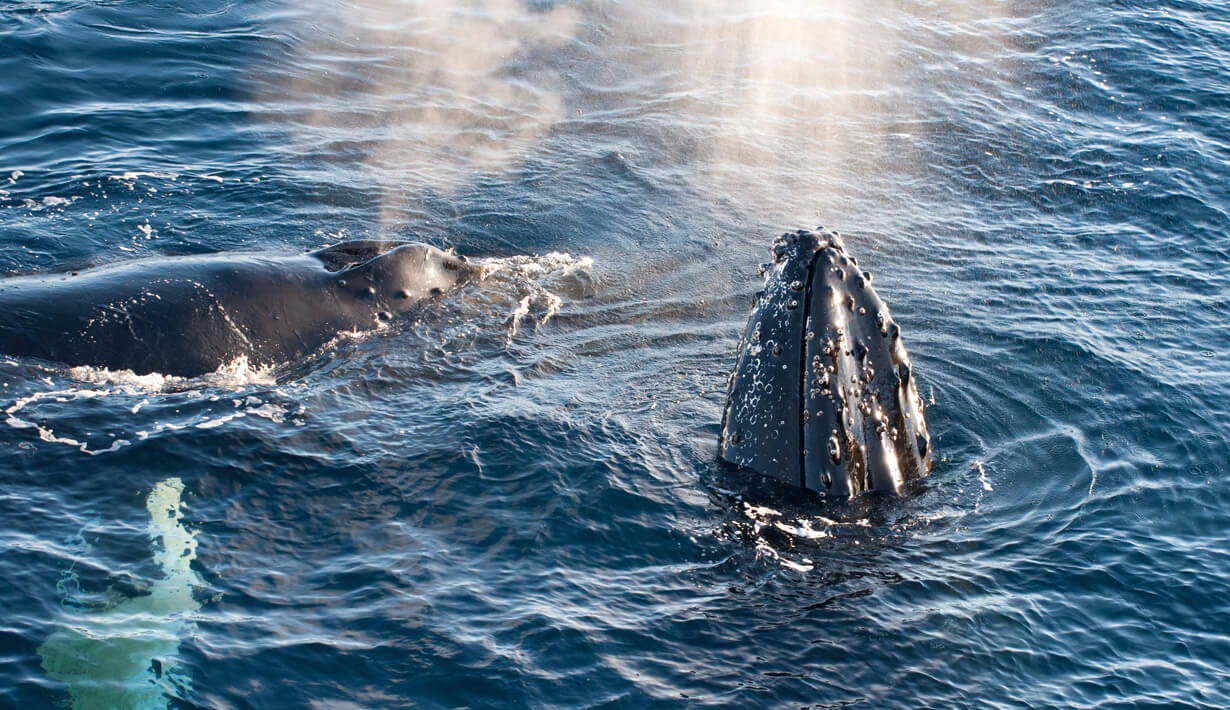
They are a particularly robust creature with a colour range from all black, through shades of grey to black and white. They are strong creatures and are known for their spectacular breaching, when they often jump fully clear of the water. They can be identified from a distance by a bushy blow of some 3m as well as their dive and fluke display.
Fully grown, they can reach 15-16m and weigh 48 tonnes. The female usually is bigger than the male and breeds every two years, giving birth to a single calf weighing a tonne and a half and measuring over 4m.
The have a particularly long pectoral fin or flipper of some 5m and cruise slowly, which made them easy prey for whalers in the 19th and 20th centuries. In fact, by mid 20thcentury, the world population declined significantly and is only slowly recovering. Humpbacks travel mostly in small groups, but are often encountered in herds of more than a dozen, which also made them easy prey for whalers and native hunters elsewhere.
In Antarctica, they congregate in the summer feeding in the krill-rich waters, before dispersing to winter in African, Australasian and American waters.
Spot the Blue Whale
The blue whale is the largest creature on earth and is often seen in Antarctic waters. This animal is a solitary creature and is distinctive because of the blue hue of it skin, as well as its sheer size of approx. 30m – if you are very lucky, you may see an adult with its young, but this is rare and especially rewarding.
Fully grown adults weigh 150 tonnes or more and can be identified by a massive 10m vertical blow as well as its amazing dimensions and distinctive shape. Females breed once in three years and give birth in warm waters to a single calf, which becomes independent when it reaches some 15m in length and can feed on their own on the available krill. Stocks were devastated in years past by unregulated whaling and, despite protection have hardly recovered, to the extent that the world population may be less than 10,000.
Minke Whale
Other whales which can be seen are Minke, distinctive because of its smaller size of approx. 8m and weight up to 10 tonnes, but normally 6-8 tonnes. It does not show a fluke when diving and has an insubstantial blow, which is hardly visible at distance, but does show its dorsal fin during dive. They are found close inshore within the pack ice, often many miles from open water, often moving very quickly at up to 16 knots.
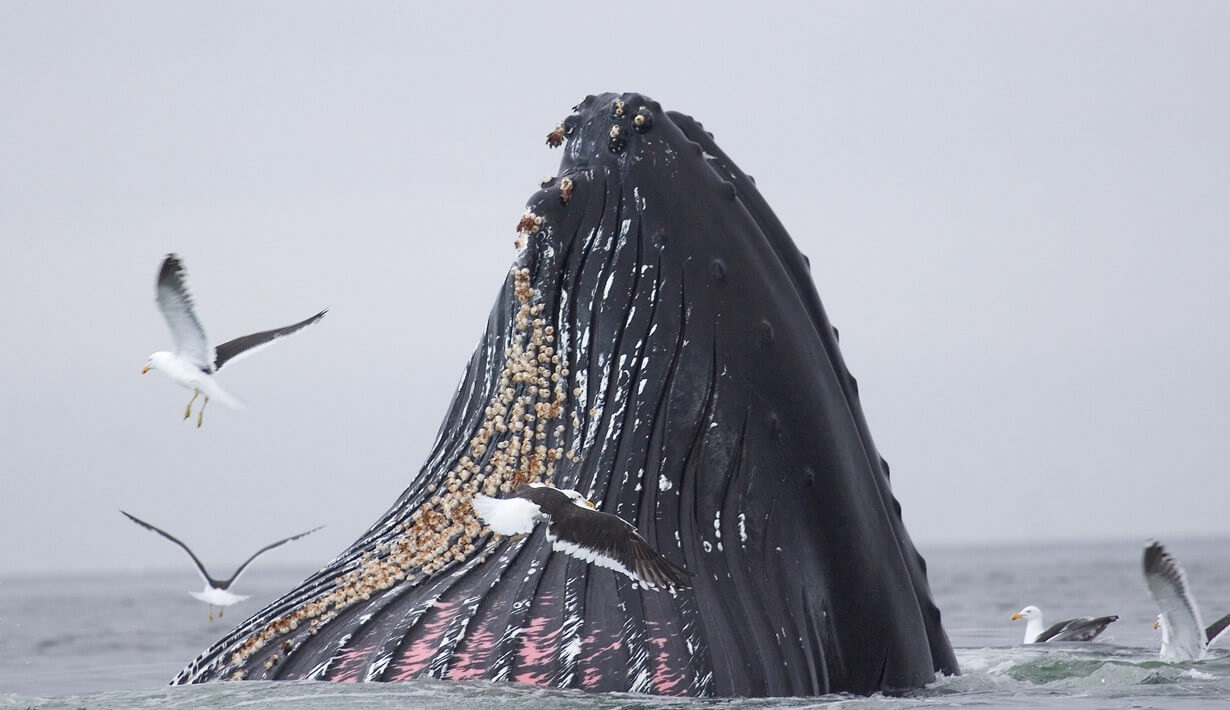
Southern Right Whale
Known as the right whale because it was the ‘right’ one to hunt, rather than for any other reason. It is slow moving and easy to harpoon, so was popular with whalers: it also had the advantage of being rich in oil, so when killed, it floated on the surface and was easy to harvest. The animal is black-brown in colour with a large head characterised by lower lips, which extend upwards. There is also a profusion of callosities around the blow holes, which give a distinctive white-pink-orange effect. The blow itself is high and ‘V’ shaped.
Fin Whale
This is a regular summer visitor to the Antarctic and sometimes confused with blue whales because of the shape. However, it has distinctive characteristics from size – it is quite a lot smaller than the blue – to colour, it has variable colours on its head – dark on the port side and paler on the starboard. This is thought to be due to how the animal rolls to scoop plankton. It also deep dives for fish and squid, sometimes as deep as 230m.
Seen in all waters, fin whales display a long vertical blow, repeated 4-5 times, before a dive, with a show of the dorsal fin and, occasionally a fluke. These whales travel quickly, at between 7 and 18 knots, which saved them from the early whalers: however, they became easier prey with the advent of faster catcher boats, and numbers dropped in southern waters until they attained protected status.
Sperm Whale
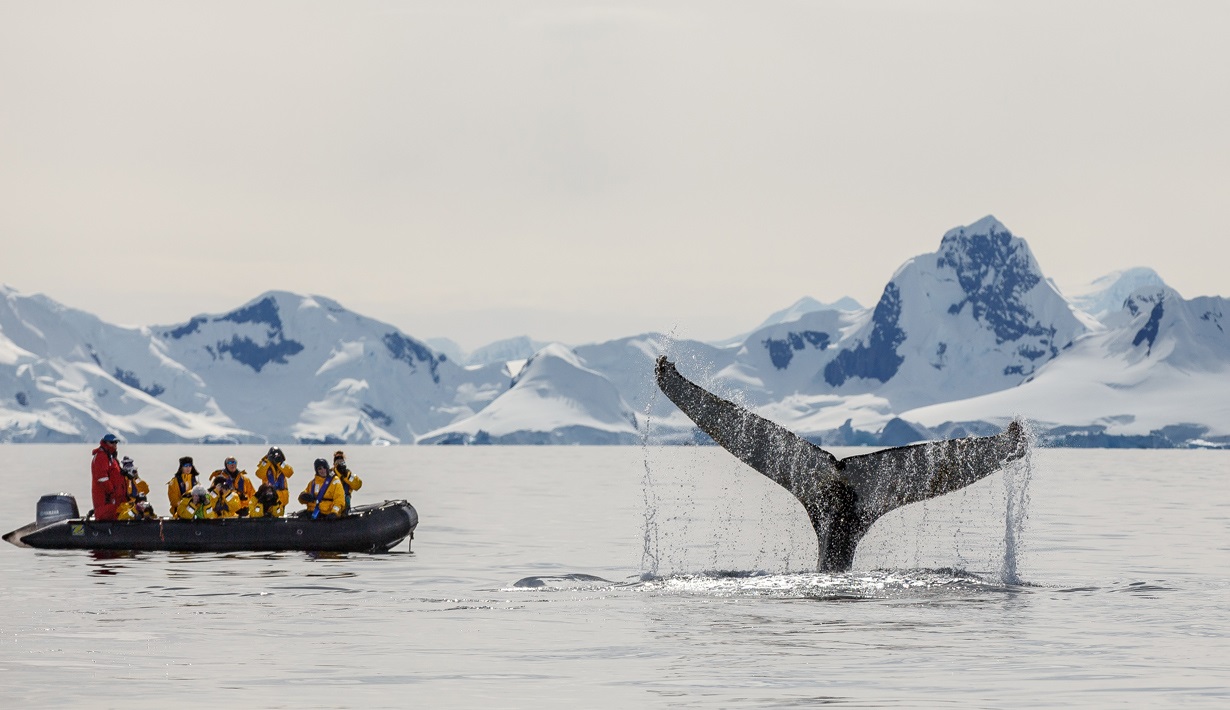
This was once the main target of early whalers, due to its size and profitability. Moby Dick was as sperm whale and became the great whale of literature. It has a massive head, which when surfacing, exposes an offset blow-hole, unique to this species. The blow is explosive and can be heard from a significant distance away.
Dives, which are near vertical, last from 10 minutes to over and hour and are followed by a series of blows. Because they cruise slowly at 3-4 knots, they were also a classic prey of early whalers. They eat a tonne or so of fish and squid a day, feeding at great depths, possibly as deep as 3000m or more. A bottom-dwelling shark was taken from the stomach of a sperm whale at 3200m. It is thought that the bright white interior of the whale’s mouth combined with the red tongue act as a lure. Sperm whales often have circular scars from the tentacles of giant squids around their heads.
Sei Whale
Seen mostly in the Drake Passage, this relatively small whale, between a fin and a blue in size, travels mostly in deep water. It was much persecuted in the 1940s and 60s and is now considered to be endangered. It has a characteristic blow of some 3m and often has scars from shark bites, indicating troubles encountered underwater.
Other Cetaceans
Apart from whales, there are many other species of cetacean to be encountered in Antarctic waters. Smaller whales such as Arnoux’s Beaked and Southern Bottlenose are the most common although, because of their size, they are often confused with dolphins.
Another relative of the dolphin, which is often found in the Antarctic is the orca, or killer whale. These predators travel in groups and families and prey on seals penguins and even other whales, such as minke.
Seals
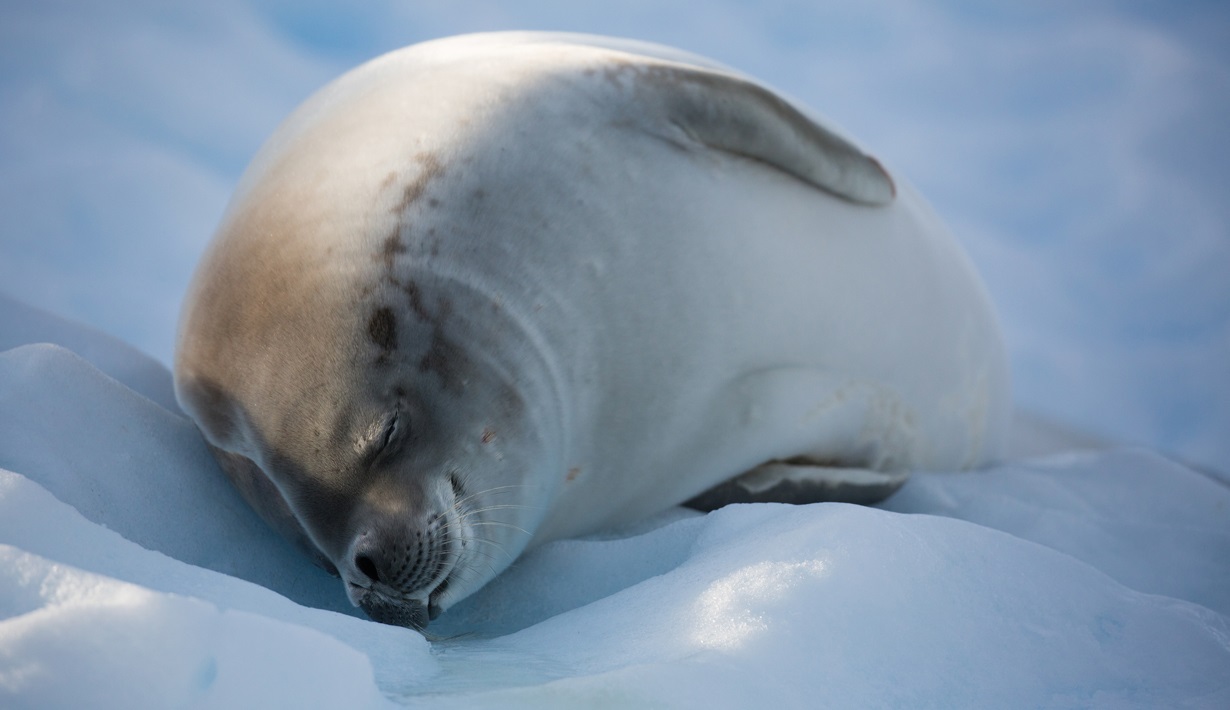
Seals are ubiquitous in Antarctica and include a number of discrete species, including the massive elephant seal, which can be seen throughout the region, from the Falkland Islands and South Georgia to the Peninsula itself. This seal is massive and the bull is always larger than the cow. The name derives not only from its size, but also from its appearance: the bulls grow a long appendage on its snout, which inflates on older animals (8th year onwards) to act as a warning to other males.
Other seals include the Antarctic fur seal, found throughout the region, notably on South Georgia, but also on South Orkneys, South Sandwich and South Shetlands as well as Bouvet and Heard. It is said that some also breed on Kerguelen, the island which gave the species an alternate name.
This is a true polar seal, with long, dense hairs insulating the neck areas – this was especially valuable to commercial hunters, because of its rarity. It also meant that the animal did not have a well developed blubber supply. Nevertheless, this seal is moderately aggressive and is known for its sharp teeth and speed of movement on land as well as in the water.
The crabeater seal is one of the most numerous in the world and is essentially a creature of the pack ice, although also found in non-polar areas, such as New Zealand, South Australia and South America.
The Weddell seal is one of the largest of all seals and is identified by its size and spotted fur. Unlike the crabeater, this seal is often found onshore. They are accomplished divers and feed on the Antarctic cod, as well as crustaceans and squid. Named for the explorer who gave his name to the Antarctic sea, these seals are found around the continent’s northern coast from South Georgia, where they also breed, down the Peninsula, almost as far as the Ross Sea.
One of the most fearsome Antarctic animals is the Leopard seal, named for its spotted appearance as well as for its aggressive nature. It is a sleek animal, with a huge gaping jaw and fearsome teeth, usually seen basking on an ice floe and not exploited commercially by man.
The least known of all Antarctic seals is the Ross seal, due entirely to its remote habitat on the polar pack ice. This animal is known for its trill vocal sounds, which enable it to communicate across large ice distances.
Birds
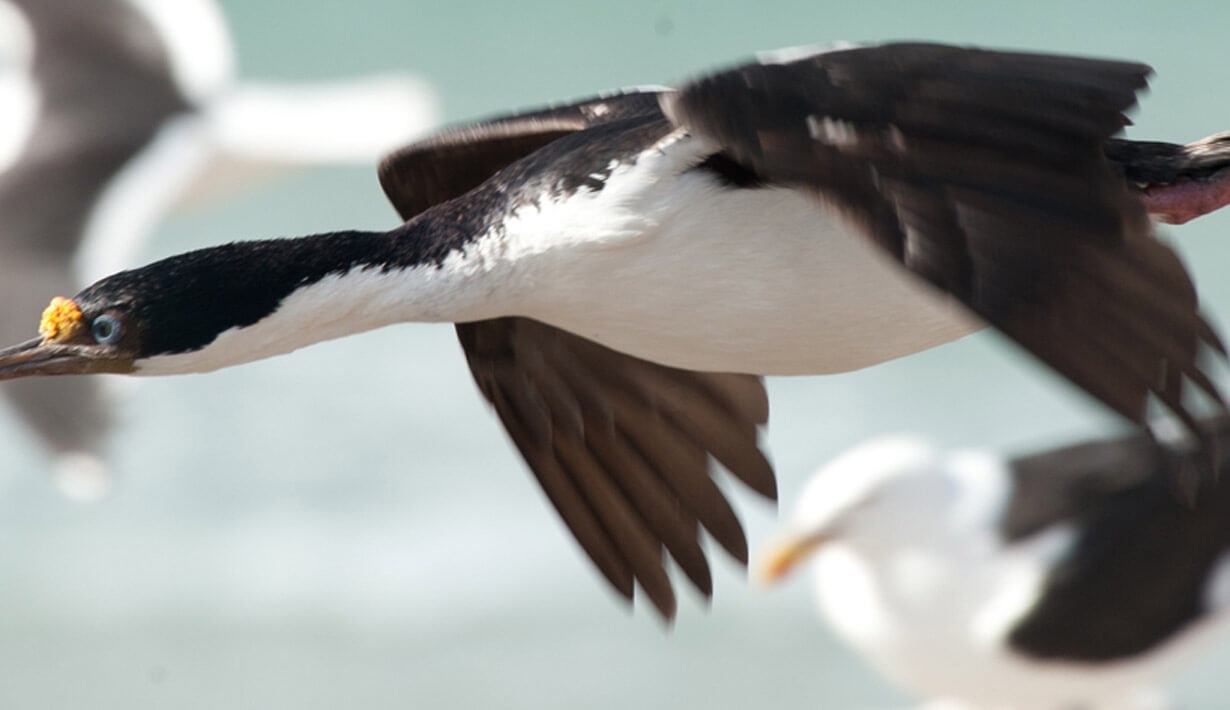
Of all wildlife in Antarctica, birds are the most prolific and a subject completely on their own, from nesting albatross one South Georgia to petrels and other birds seen throughout the continent. Antarctica is truly a birders paradise.
Crossing the Drake Passage is a truly memorable experience which should not be missed. Get in touch with us today to start planning your adventure.
